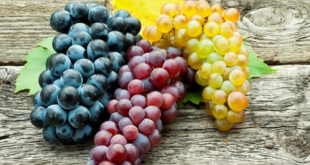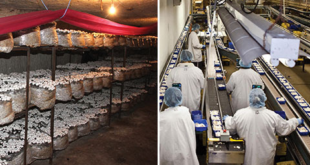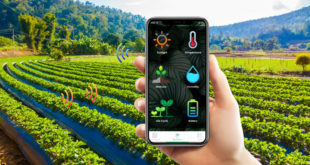Finnish agriculture has a struggle with profitability, and this has been going on at least since 2007, when we happened to have domestic products, while a global undersupply on basic products, mostly grain, was a fact. One of the biggest challenges to get a better profitability should be higher prices for the farmers. The consumers share of food and non-alcoholic beverages in consumption expenditure is staying on about 12 percent, but nevertheless there is an ongoing pressure from consumers, who want cheaper domestic food products.
Compared to many other member states of the EU, you would not call Finnish food very cheap. Our value-added tax on food is 14 percent. That is indeed more than the average in the European Union (about 10 percent), but it is much lower than for instance in the Baltic countries, where food is much cheaper. The retail sale in Finland is very concentrated, we have got two large retailer concerns and then the German family-owned Lidl with a market share about ten percent. The retailers make quite a lot of profit on food sale, especially domestic products.Around 2015–2016 the retailers started a kind of cheap sale campaigns, which have been quite a success for them and for consumers. They promised that it would not affect the farmers prices. But it was not considered that the farmers prices already were on a very low level and they have been much more difficult to increase, since the cheap sale campaigns started.Another main challenge is high costs for producing food.
This has to do with our climate but another reason is our rather acid soil, which leads to lower yields per hectare. We could perhaps compete in animal production with other countries in the northern part of EU, but not in crop production. The further north you go, grass is more and more common as a crop. We also have a very irrational structure on our farmland, a lot of small fields, sometimes in the middle of the forest. However, farmland is expensive enough, if one wants to buy it. Indeed, the farmers are compensated with the so called subsidy for less favoured areas (LFA), that is financed both by Finland and the European Union. This makes the Finnish farmers’ subsidy among the highest in the EU.Nevertheless, it is still very difficult to make a profit for farmers, because the production costs are on a high level but not the prices.
Anyhow there has for many years been an awareness in Finland of keeping up a high grade of sufficiency on food products. Most of the Finns are very aware of the high quality of the food that we are able to produce regardless to our circumstances. You could also say that we have a kind of consensus around the goal to keep up as high a grade of self sufficiency as possible with the products that we can produce. They are clean, they are produced in a sustainable way, for example without spraying glyphosate in growing crops and without using antibiotics preventively in the feeding of animals.
Even in the rest of Europe, on the EUs’ inner market as in Asia, there is a wakening interest in the “exotic” products from the land of the midnight sun. We have for instance noticed an increase in Finnish oat for milling, also abroad. And this could in fact be the third main challenge: We are hardly able to compete with prices on the export market, but we could be better on marketing our “arctic” food as premium food products at least on the European Unions’ inner market. But that requires that we believe in our own food products so deeply that we have the gods to invest in marketing them abroad.
Micke Godtfredsen
Finnish Agricultural Journalist
 THE GLOBAL WINDOW OF TURKISH FOOD AND AGRICULTURE The Global Window of Turkish Food and Agriculture Sector
THE GLOBAL WINDOW OF TURKISH FOOD AND AGRICULTURE The Global Window of Turkish Food and Agriculture Sector









